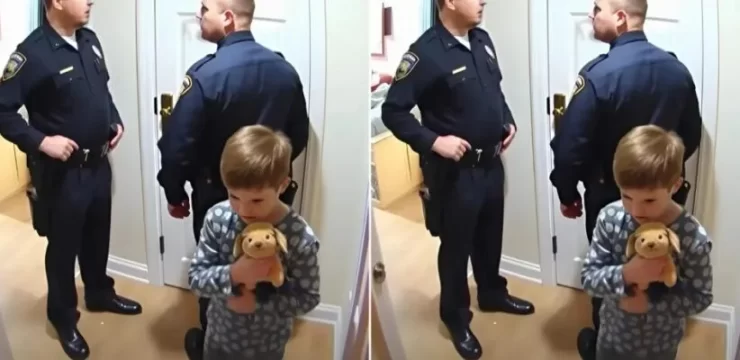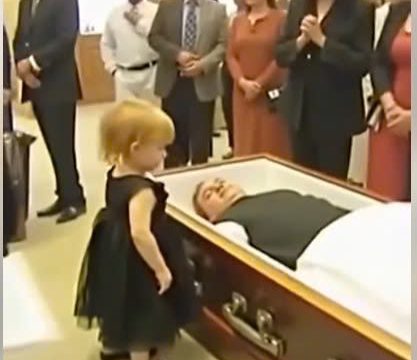Do you remember the days when playtime meant running outside with friends, inventing new worlds, and losing track of time? Childhood games weren’t just a way to pass the time; they were the building blocks of our imagination and social skills. In this article, we’ll take a nostalgic journey through some of the most beloved childhood games and explore why they still hold a special place in our hearts.

Who can forget the thrill of hide and seek? The excitement of finding the perfect hiding spot and the anticipation as the seeker got closer. This game wasn’t just fun; it taught us patience and strategy.
Tag, you’re it! This simple yet exhilarating game was a staple of recess. It got us moving, laughing, and sometimes arguing over who was tagged last. The best part? No equipment needed—just a group of friends and a lot of energy.
With just a piece of chalk and a pebble, hopscotch turned any sidewalk into a playground. This game combined balance, coordination, and a bit of luck, making it a favorite among kids everywhere.
From Monopoly to Candy Land, board games were the perfect way to spend a rainy afternoon. They taught us about taking turns, following rules, and sometimes, the harsh reality of losing.
Remember playing Go Fish or Crazy Eights with siblings and friends? Card games were portable, versatile, and always a good way to pass the time. They helped us develop quick thinking and strategy skills.
Jigsaw puzzles were more than just a quiet activity. They challenged our problem-solving skills and patience, offering a great sense of accomplishment when the final piece was placed.
Pretending to be pirates, astronauts, or superheroes allowed us to explore different worlds and scenarios. These games nurtured our creativity and helped us understand various roles and perspectives.
Whether it was a fort made of couch cushions or a treehouse in the backyard, building forts was a favorite pastime. It gave us a sense of independence and a special place to call our own.
Games where we created stories together were a great way to bond and develop our narrative skills. Whether it was a round of “Once Upon a Time” or making up adventures for our toys, storytelling was at the heart of play.
Red Rover was a playground classic that required teamwork and strength. It was a bit rough but always exciting, especially when you managed to break through the opposing team’s line.
This game was perfect for younger kids and involved a mix of anticipation and quick reflexes. The fun was in the simplicity and the joy of being chosen as the “goose.”
A game of listening and following instructions, Simon Says was a great way to improve our attention to detail and quick thinking. Plus, it was always amusing to see who would get tricked!
Spelling bees were both fun and educational. They encouraged us to expand our vocabulary and improve our spelling skills in a competitive yet friendly environment.
Games that involved counting, adding, or recognizing shapes helped us develop essential math skills without even realizing it. They made learning feel like play.
These games tested our general knowledge and encouraged us to learn new facts. Whether it was a family trivia night or a classroom quiz game, they were always engaging and informative.
Childhood games were more than just a way to kill time—they were a crucial part of our development. They taught us valuable life skills, from problem-solving to social interaction, and helped us build lasting memories with friends and family. As we grow older, it’s important to remember the joy and simplicity of these games and to pass them on to future generations. So, the next time you see a hopscotch grid on the sidewalk or hear kids playing tag, take a moment to appreciate the timeless magic of childhood games. After all, these games are a testament to the power of imagination and the enduring spirit of play.





